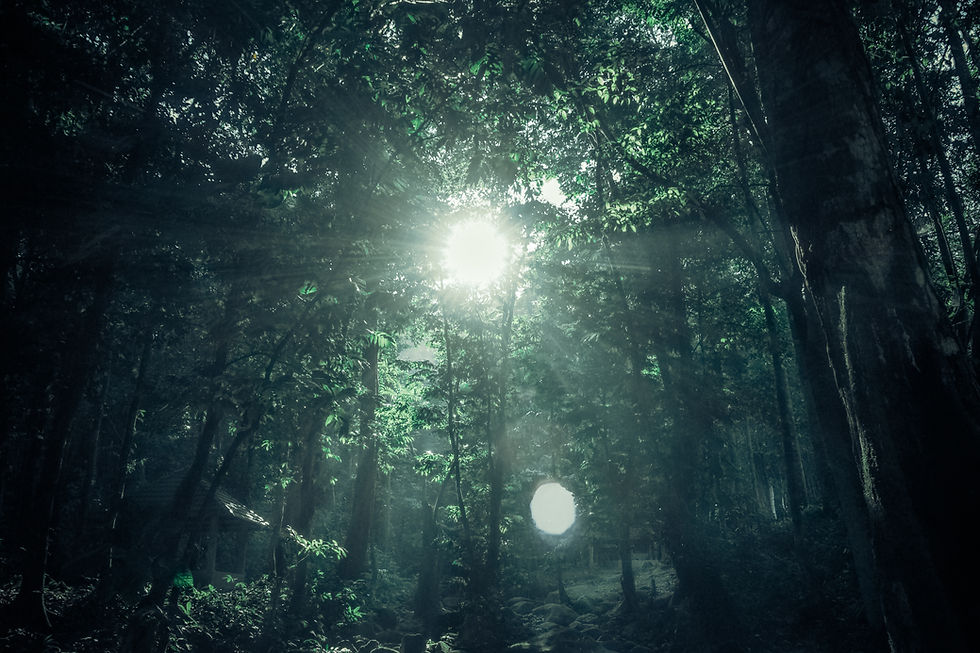Blackfish: revisited
- Fauna
- Feb 25, 2018
- 1 min read
Updated: Mar 12, 2018

Blackfish caused shock and awe when first released. Picture credit: Manny O Productions - Creative Commons
Five after-effects from the groundbreaking 2013 documentary about Sea World and their Orca breeding program.
Creation of Sea Sanctuaries
In 2016, a group of former SeaWorld trainers and biologists announced the Whale Sanctuary Project – a plan to create huge pens in the Pacific Ocean in which formerly captive whales can live more freely, whilst remaining safe. Jeff serves as an adviser to the project and believes that, if successful, “there will be no more excuses for keeping whales in captivity.”
SeaWorld profits plunge
In the two years following the film’s release, SeaWorld profits dropped by 84%. Aside from the obvious damage to SeaWorld, the primary effect of this is that it will discourage potential investors from similar projects.
Change in policy
In 2015, regulators in California banned SeaWorld from continuing to breed orcas, and in 2016, SeaWorld agreed to a breeding ban at all of its facilities. It also said that it would phase out its theatrical killer whale shows, replacing them with programs that educate audiences about the animal's exercise and wellbeing.
Gateway to activism
“By far the biggest effect of Blackfish is that it served as a portal for people to become involved with conservation,” says Jeff. “Harambe the gorilla, Cecil the lion, the dolphin killing in Japan - all of these animal welfare stories have grown through a culture for conservation that was - in a big part - created by Blackfish.”
Tom Bennet







Comments